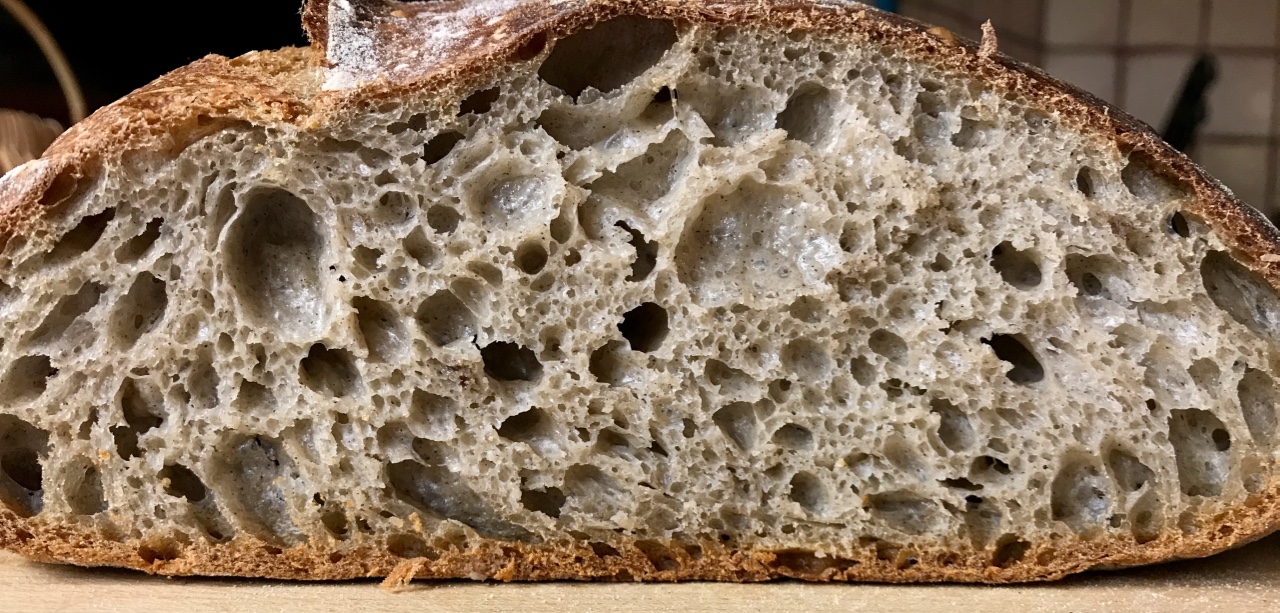As of late there has been interest on the forum about an organization called, "The Bread Lab". It is an extension of Washington State University with a laser focus on wheat, people who process the wheat, bakers that work with the wheat, and consumers that eat the wheat.
The Bread Lab has instituted a program to encourage commercial bakers to offer a basic whole wheat sourdough bread that is targeted for the average consumer. They named the bread, "The Approachable Loaf". A simple name for a basic loaf of natural and nutritious goodness.
A quite a few bakeries have joined to participate in the vision.
Here is a brief write up detailing a common recipe for the Approachable Loaf. NOTE - the formula and method is not meant to be an absolute. Bakers are free and welcomed to develop formulas and methods that meet the minimal criteria. This bread is intended to be a sandwich type bread with a nice airy crumb that will hold the condiments on the bread and not drip down into your laps. Forget the Instagram holes. <LOL>
Basic Criteria -
- is baked in a tin and sliced.
- contains no more than seven ingredients.
- contains no non-food.
- is at least 60% whole wheat—preferably 100%.
- is priced under $6/loaf. (Bakeries)
- 10¢ of every loaf sold returns to The Bread Lab to support further research of other whole grain products. (Bakeries)
Great News for bakers that don’t use sourdough. An Affordable Loaf can be baked using commercial yeast. The main goal is to promote whole grain breads. If you plan to bake using commercial yeast only, a poolish (preferment) would be a great idea.
Everyone is welcome and encouraged to join in and participate in the event. For those that are new to Community Bakes, it is a great opportunity to share and learn with and from others.
Some bakers, including myself decide to get a jump start on the bake. See this link for early bakes.
http://www.thefreshloaf.com/node/62438/community-bake-whole-wheat-bread-multitudes-starts-next-week
Below are a few variations of the Approachable Loaf. All spreadsheets are shown with 1000 grams for the Total Dough Weight. If you choose to bake 1 or more breads of a weight other than 1000 grams using any spreadsheet below, do the following in order to figure the weight of each ingredient. Suppose you want to bake a single loaf with a Total Dough Weight of 750 grams. Simply multiple each ingredient by .75 to get the correct weight. Or lets say you want 2 loaves that weigh 900 grams a piece, then multiple each ingredient by 1.80. During my experimentation I found that 1000 grams was a good weight for a 9" x 5" bread pan.
The spreadsheets below are examples. You are free to come up with your own version.
The formula below is for sourdough with no Commercial Yeast.

The version below is a hybrid version using both sourdough and Commercial Yeast. Make sure you watch the bulk ferment and the final proof like a hawk. CY ferments much faster than what sourdough bakers are accustomed to.


The next version uses Commercial Yeast with no sourdough.


For those that are new to the Community Bakes (CB), see this link to get an idea of how things work. Browse the post to get a feel for things.
The CB is not competitive. It is a learning event where bakers from all of the world share their ideas and learn from others. All bakers are encouraged to share "the good, the bad, and the ugly". We learn much more from our failures that we do from our successes...
A word about email notifications. The Community Bakes garner lots of participants and post. Because of this the thread grows very large, very fast. Those that reply to the CB will be notified via email whenever new replies are posted to the thread. If you click the link in the email notification and you are not brought to the post mentioned in the email, just refresh your browser window. This will correct the issue.
Danny





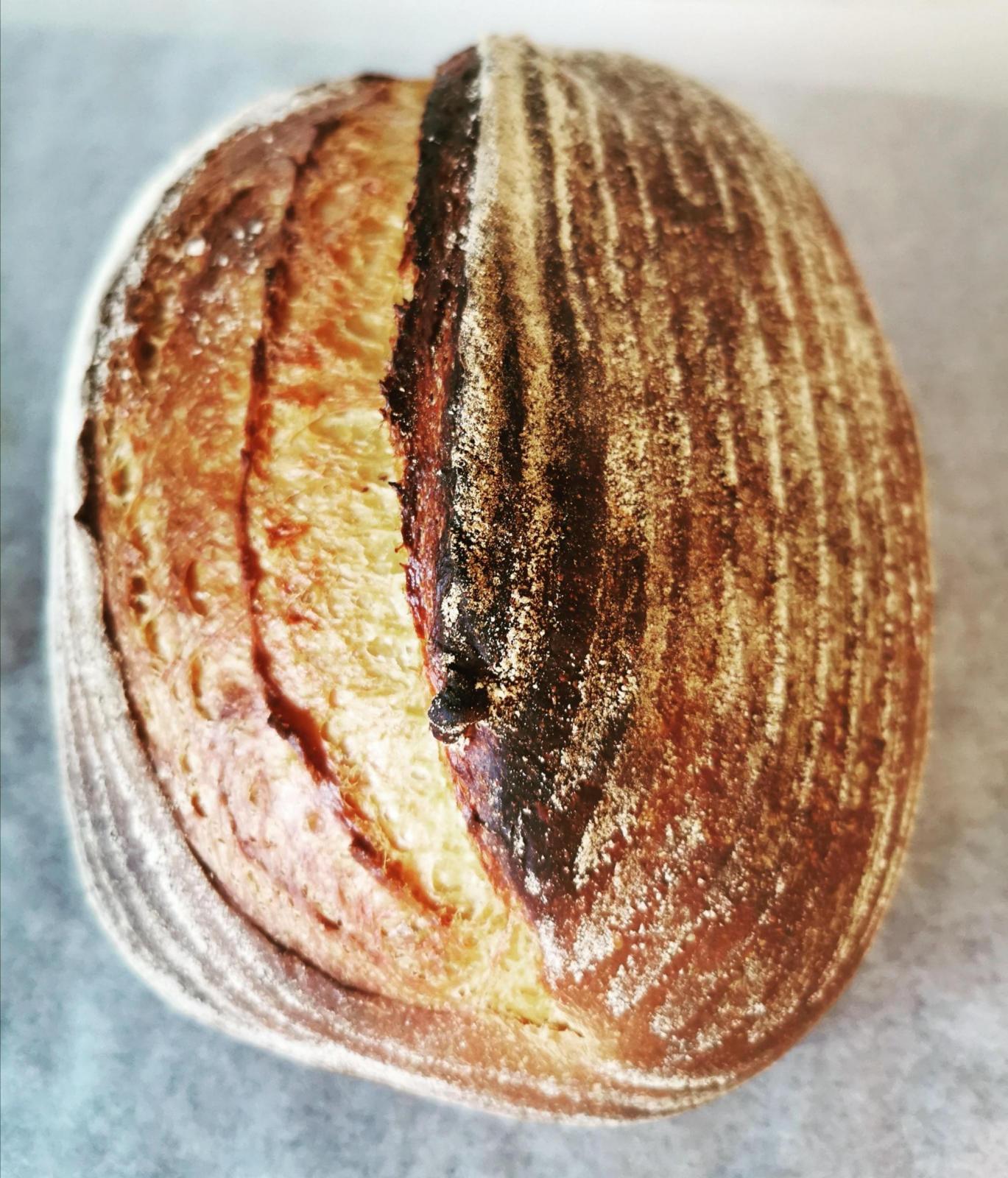
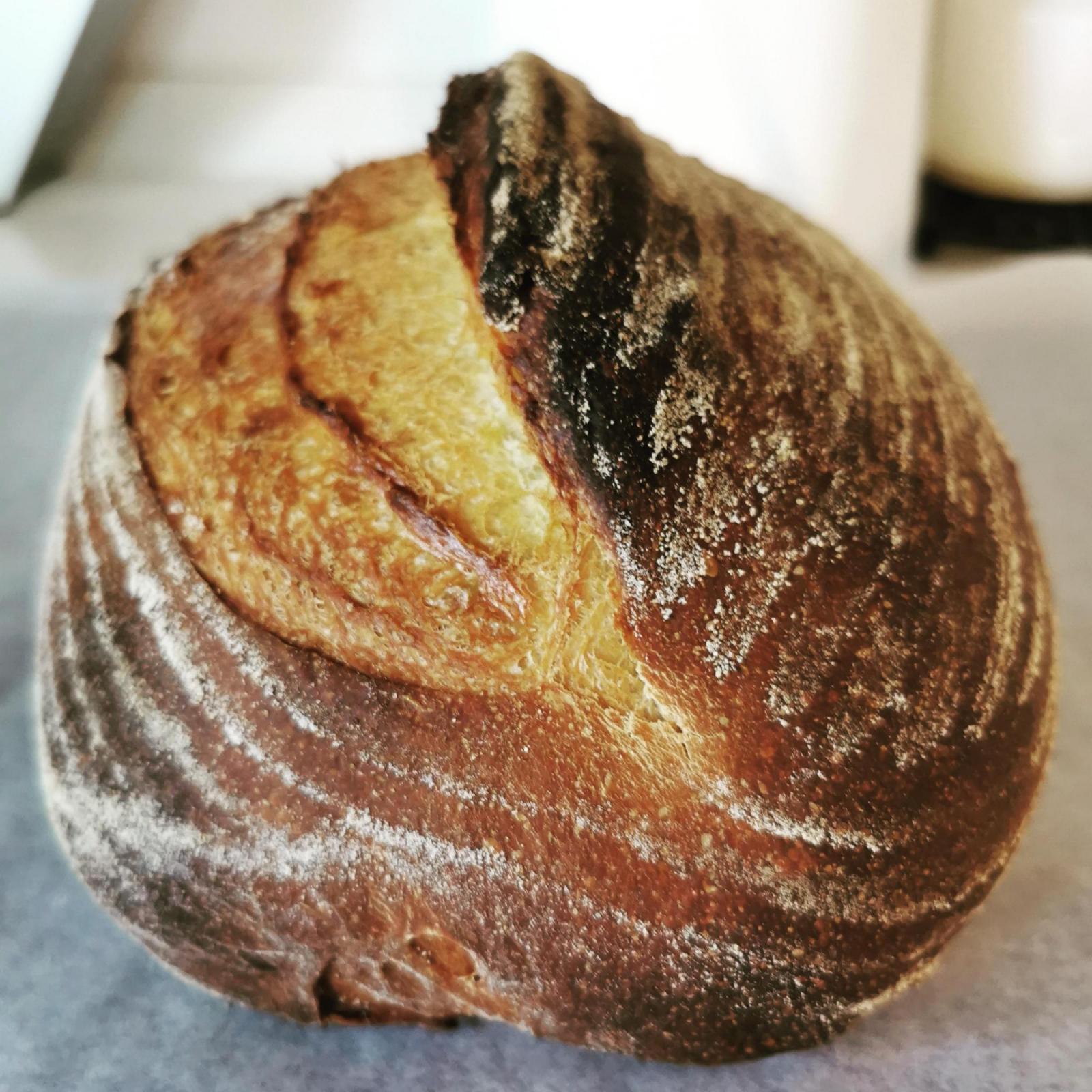

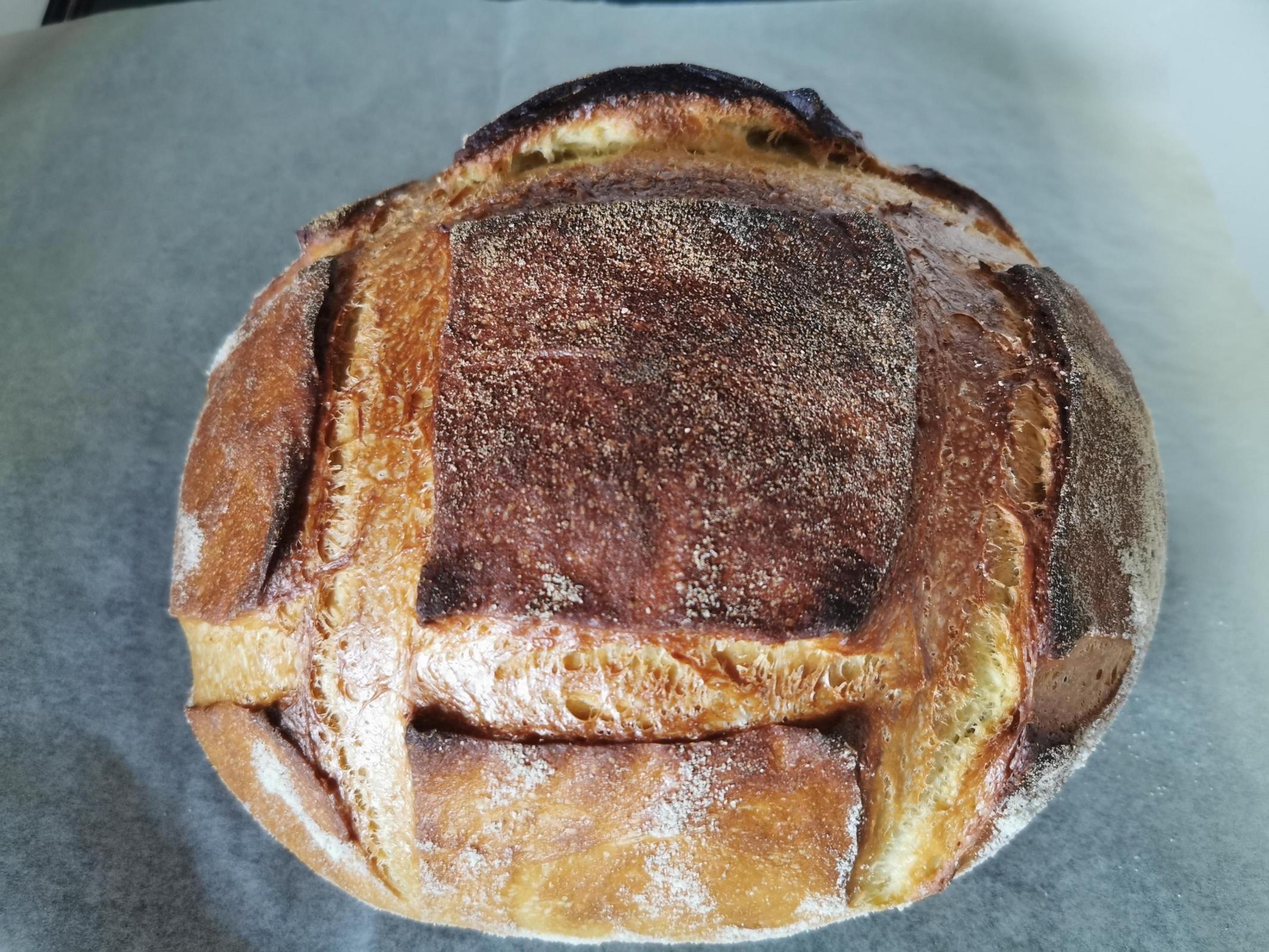
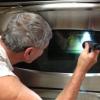


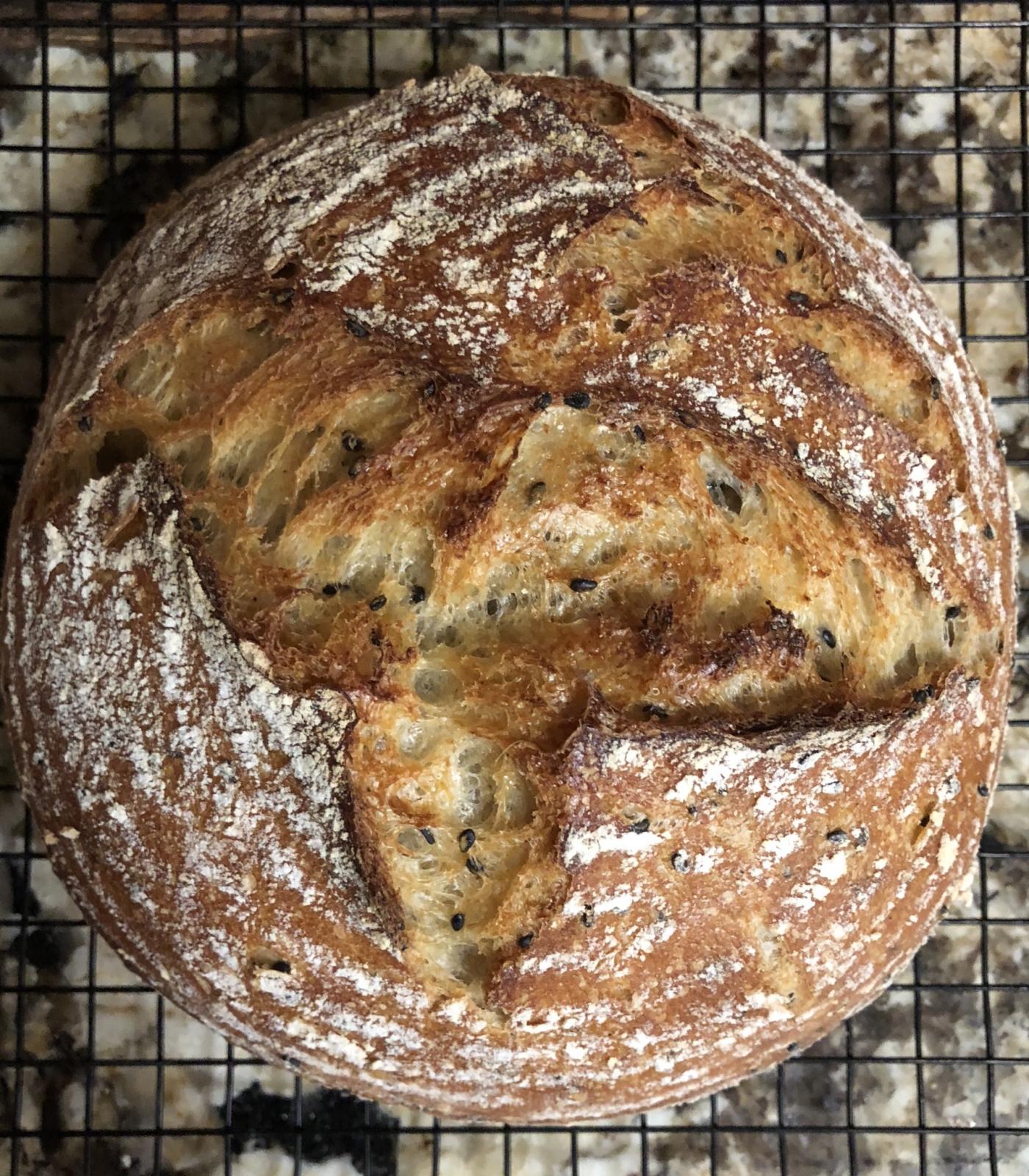 I finally got the oven spring I was hoping for! Getting up at 3 am to bake the silly things was totally worth it! ?
I finally got the oven spring I was hoping for! Getting up at 3 am to bake the silly things was totally worth it! ?








